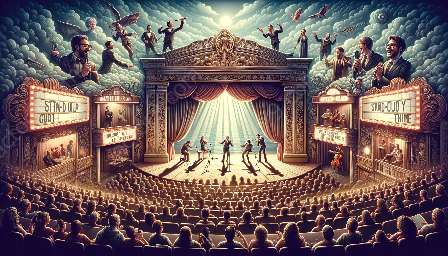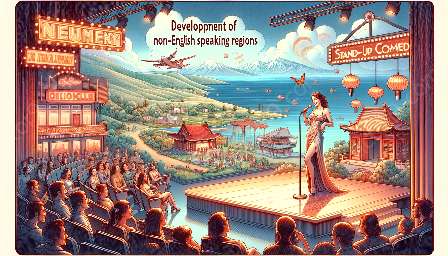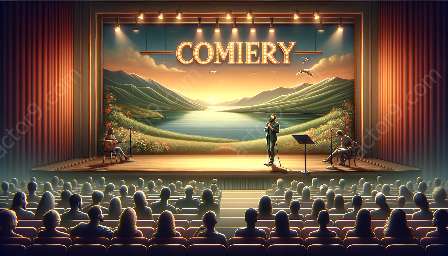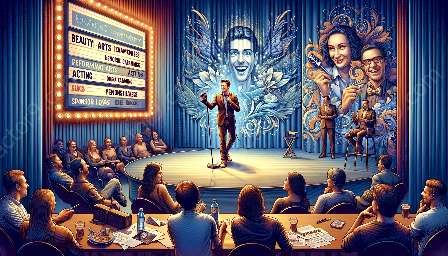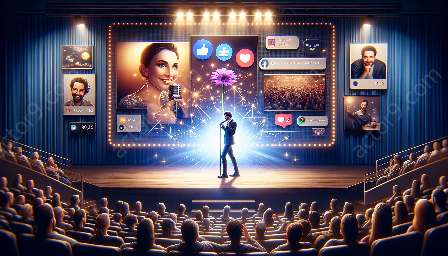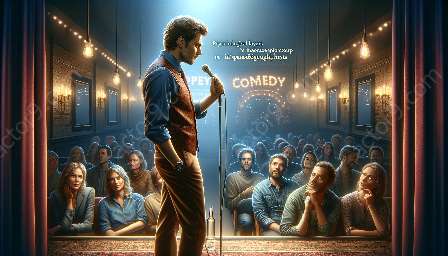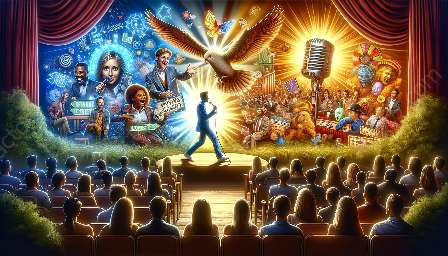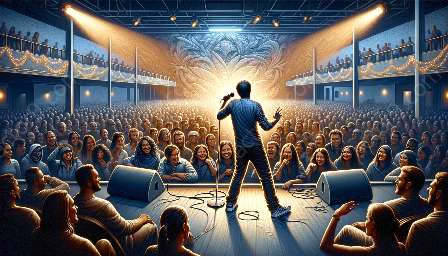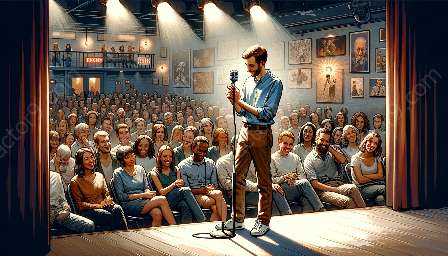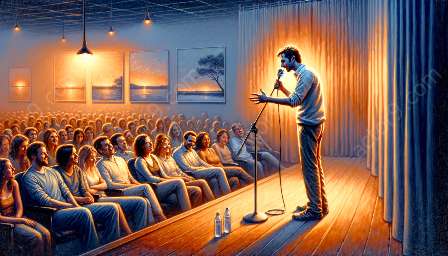With the advent of the digital age, the art of stand-up comedy has undergone significant evolution, adapting to new platforms and reaching diverse audiences. This topic cluster dives into the history of stand-up comedy, its relevance in the digital age, and the key aspects of this art form.
The History of Stand-Up Comedy
Stand-up comedy has a rich and varied history, evolving from its earliest origins in vaudeville and variety shows to becoming a prominent form of entertainment. In the early 20th century, comedians like Charlie Chaplin and Buster Keaton incorporated elements of comedy into their silent films, setting the stage for the emergence of stand-up comedy.
The 1950s and 1960s marked a significant period for stand-up comedy, with comedians such as Lenny Bruce and Mort Sahl paving the way for a more raw and introspective style of comedy. This era also saw the rise of comedy clubs, providing a platform for new voices and fresh comedic talent.
In the 1970s and 1980s, stand-up comedy experienced a boom, with the emergence of comedy specials on television and iconic figures like Richard Pryor and George Carlin pushing the boundaries of the art form. The 1990s and early 2000s further expanded the reach of stand-up comedy, as comedians such as Chris Rock and Jerry Seinfeld achieved widespread acclaim through their stand-up specials and successful sitcoms.
Stand-Up Comedy Today
Today, stand-up comedy continues to thrive, albeit in a transformed landscape shaped by the digital age. Social media platforms, streaming services, and online video-sharing sites have revolutionized the way comedians connect with their audiences. Comedians now have unprecedented access to global audiences, enabling them to build fan bases and share their comedy on a massive scale.
Additionally, podcasts have become a popular medium for comedians to engage with their fans, share personal anecdotes, and discuss their craft. Comedians such as Marc Maron and Joe Rogan have leveraged podcasting to provide insights into the world of stand-up comedy, while also hosting interviews with fellow comedians and industry professionals.
Key Aspects of Stand-Up Comedy
At its core, stand-up comedy remains an art form that relies on observational humor, storytelling, and personal insights. Comedians often draw inspiration from their own experiences, societal trends, and cultural nuances to craft compelling and relatable material.
One of the enduring strengths of stand-up comedy lies in its ability to address societal issues and provoke critical thought through humor. Comedians have the unique power to challenge preconceptions, highlight social injustices, and initiate important conversations, all while entertaining and engaging their audiences.
Furthermore, the digital age has facilitated the democratization of stand-up comedy, allowing aspiring comedians to self-publish their content, collaborate with peers, and cultivate their own creative voices. With the rise of online platforms, emerging comedians have the opportunity to showcase their talent, receive feedback, and refine their material, ultimately contributing to the ongoing evolution of stand-up comedy.
The Future of Stand-Up Comedy in the Digital Age
As the digital age continues to shape the entertainment industry, stand-up comedy is poised to further expand its reach and impact. Virtual reality, live streaming, and interactive experiences are potential avenues for comedians to experiment with innovative formats, engaging audiences in new and immersive ways.
Ultimately, the intersection of the digital age and stand-up comedy represents a dynamic and evolving landscape, offering endless possibilities for comedians to connect, create, and transcend traditional boundaries. By embracing technology and staying true to the essence of their craft, comedians are poised to continue captivating audiences and leaving an indelible mark in the digital era.


